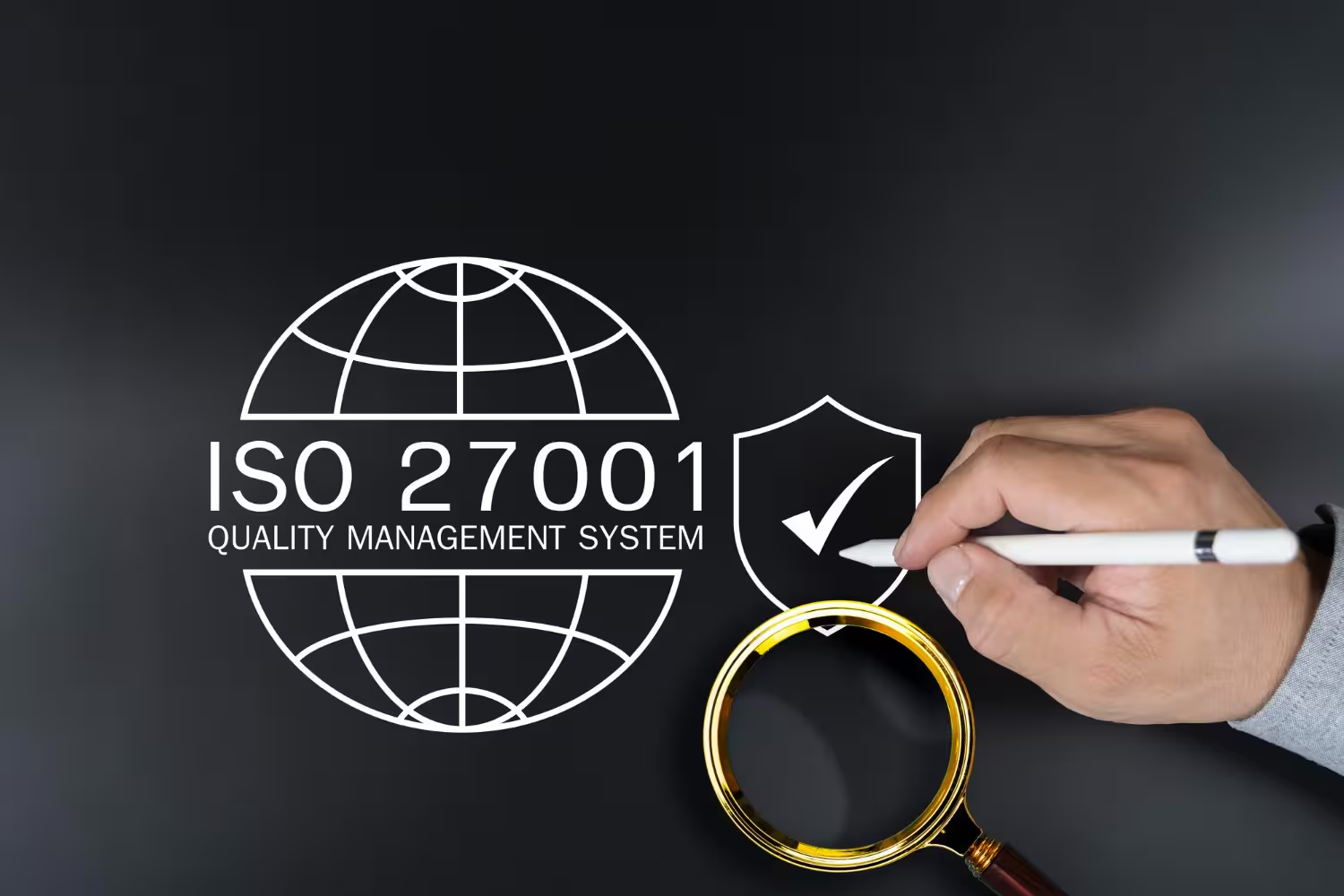Risk Management for Healthcare: Everything You Need to Know
Risk management in healthcare involves assessing various factors that could lead to harm. Effective risk management primarily focuses on safeguarding patients and staff. Let’s dive a little deeper into this subject.

Risk management is identifying threats within an organization that could cause harm. Talk about a general definition.
It ensures the safety of the organization, patients, and staff. Risk management’s importance spans across industries.
However, risk management for healthcare is unlike all the others.
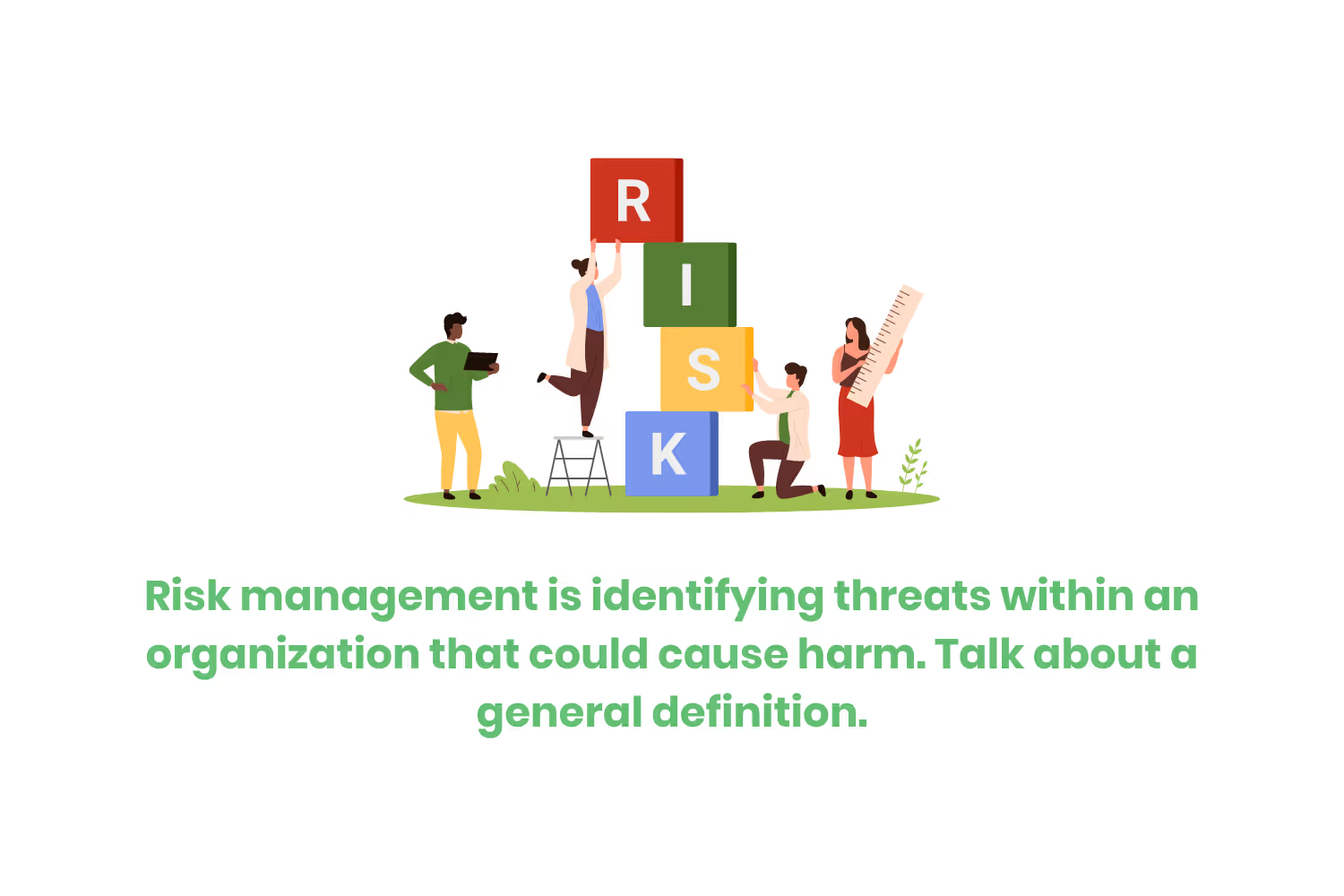
Healthcare risk management is different because it involves the patient's well-being. To put it bluntly, people's lives are at stake. An organization's top priority should be protecting its people, regardless of costs.
Risk management in healthcare involves assessing various factors that could lead to harm. Effective risk management primarily focuses on safeguarding patients and staff.
A safe work environment doesn’t just improve. patient care. It also protects the organization from potential legal, financial, or reputational harm. This prevention is critical.
Risk Identification
Healthcare risk management identifies threats to the organization's staff and patients.
This minimizes potential dangers and leads to a safer healthcare environment.
These risks include clinical, operational, financial, legal, technological, and human resources aspects. Identifying these risks is the first step in effective healthcare risk management.
Clinical Risks
Clinical risks involve any factors that impact the safety of patients or healthcare professionals. This includes anything from a medication error to a surgical error.
Medication errors are the most frequent, yet most avoidable, source of patient harm.
Nearly 50% of all medication errors occur during medication prescription or ordering. Risk management strategies easily help prevent these errors.
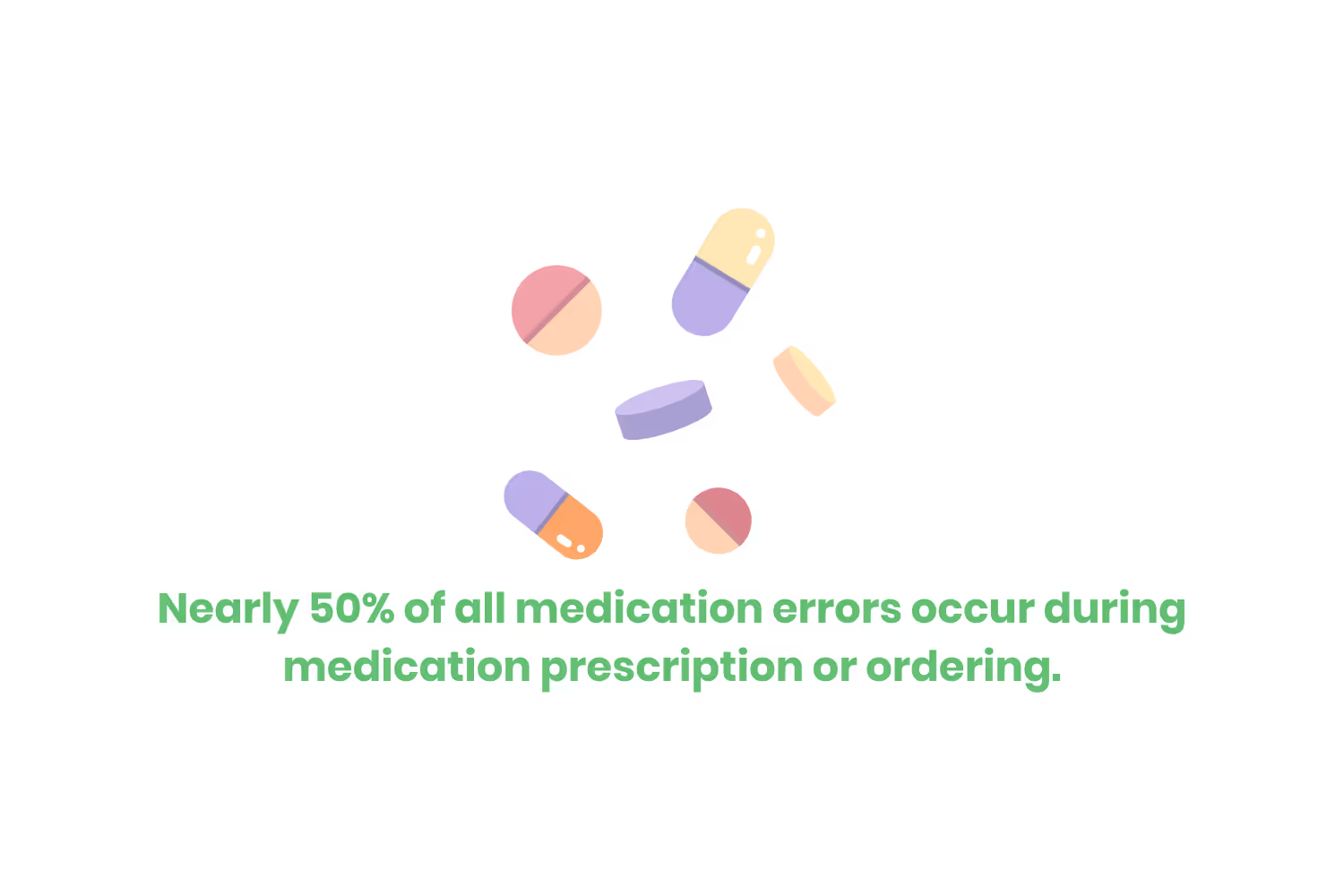
Operational Risks
Operational risks stem from…
- Equipment failures
- Staff shortages
- Poor communication
- Supply chain errors
Equipment failure includes medical device malfunction, inadequate personal protective equipment, and machine failure. The most serious type of equipment failure is diagnostic equipment failure.
This includes X-ray machines, ultrasound machines, CT, MRI, and PET machines.
The malfunction of these machines can result in a patient getting misdiagnosed.
Misdiagnosis leads to serious consequences. Incorporating risk management strategies is one step that can change many lives.
Staffing Risks
Staffing shortages and poor communication are easily preventable operational risks. Using predictive analytics is one way to ensure optimized staff scheduling occurs.
This involves analyzing past admission trends and patient behavior.
For example, if there’s a significant number of admitted patients during a particular holiday weekend, it’s essential to plan accordingly.
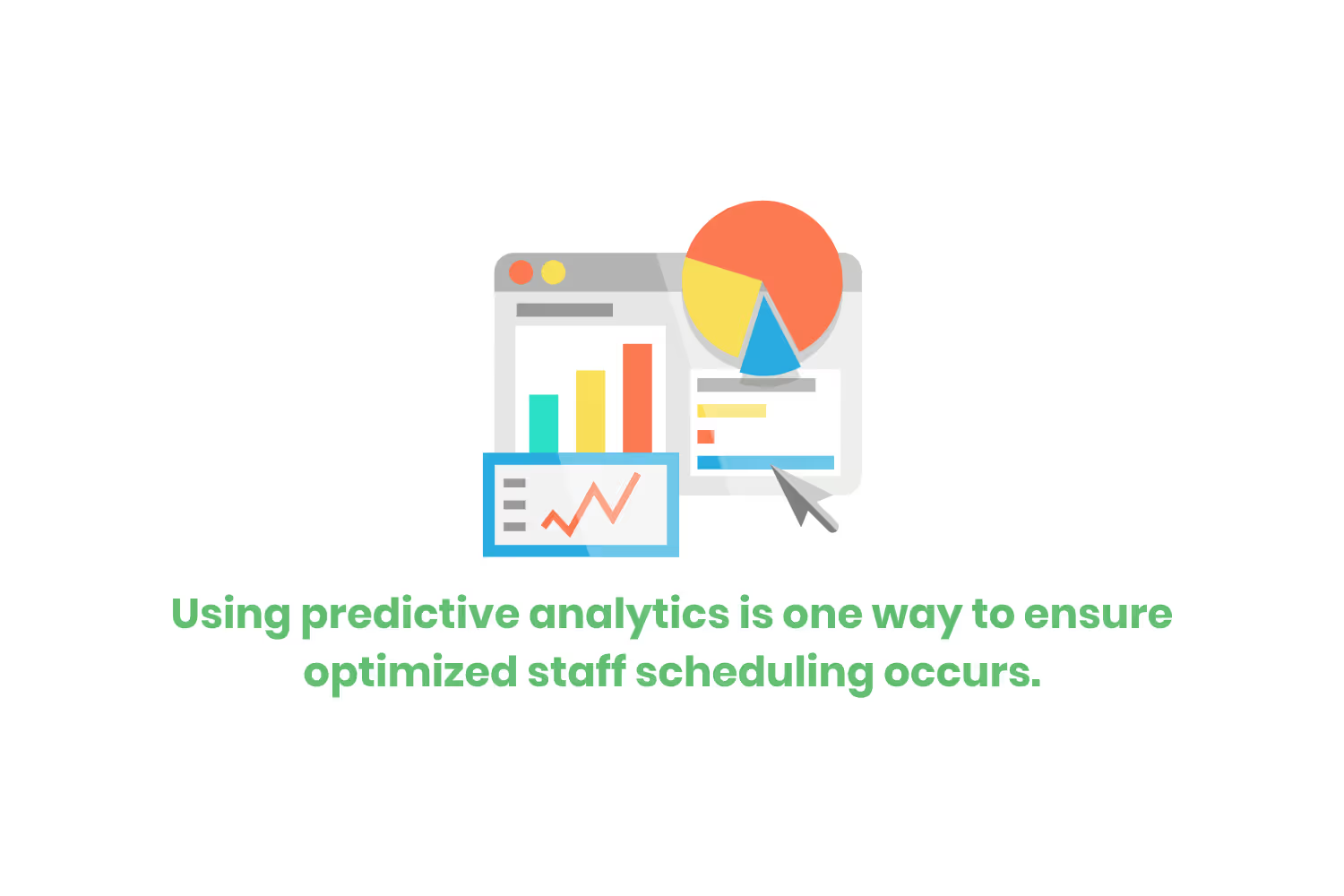
Technological Risks
Utilizing technology within the workplace will help drastically improve communication.
The National Library of Medicine conducted a study that proved that nurses and physicians felt the hospital's communication system was most effective when nurses had portable phones.
They used these phones to call for assistance and to take notes. Preventing staff shortages and ensuring better communication is one reason why risk management is necessary.
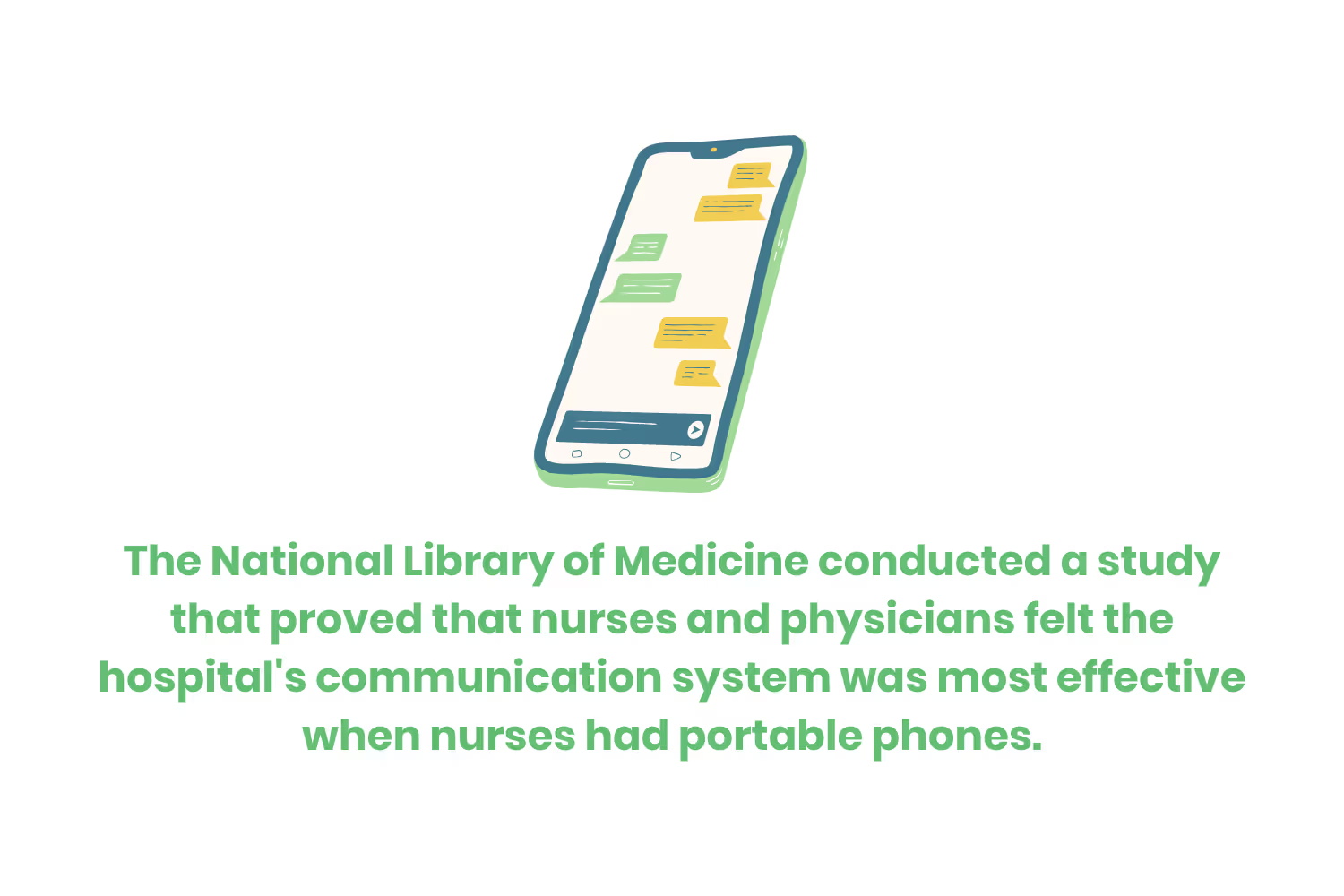
Financial Risks
Financial risks include billing errors, budget abuse, and fraud.
These errors are very common because of the complexity of medical billing. Some common billing errors are duplicate billing, upcoding, and coding mistakes.
Budget abuse is the mismanagement of financial resources and inappropriate spending. Consequences of financial mistakes can cause extraordinary damage to your organization.
Legal Risks
Legal mistakes can shut your company down for good. These risks include medical malpractice, HIPAA violations, and more.
Your employees need to understand how serious these risks can be. It is important to have annual training surrounding healthcare protocols.
Documenting the training is also important to ensure your company's safety. We will learn more about this later.
Cyber Risks
Technology is more relevant in healthcare than ever before. With this, the healthcare industry is more at risk for cyberattacks and electronic health record issues.
It’s important to train your employees about cyber-attacks and implement preventive measures. Enforcing risk management protocols like dual authentication and phishing training is one step in preventing cyber attacks.
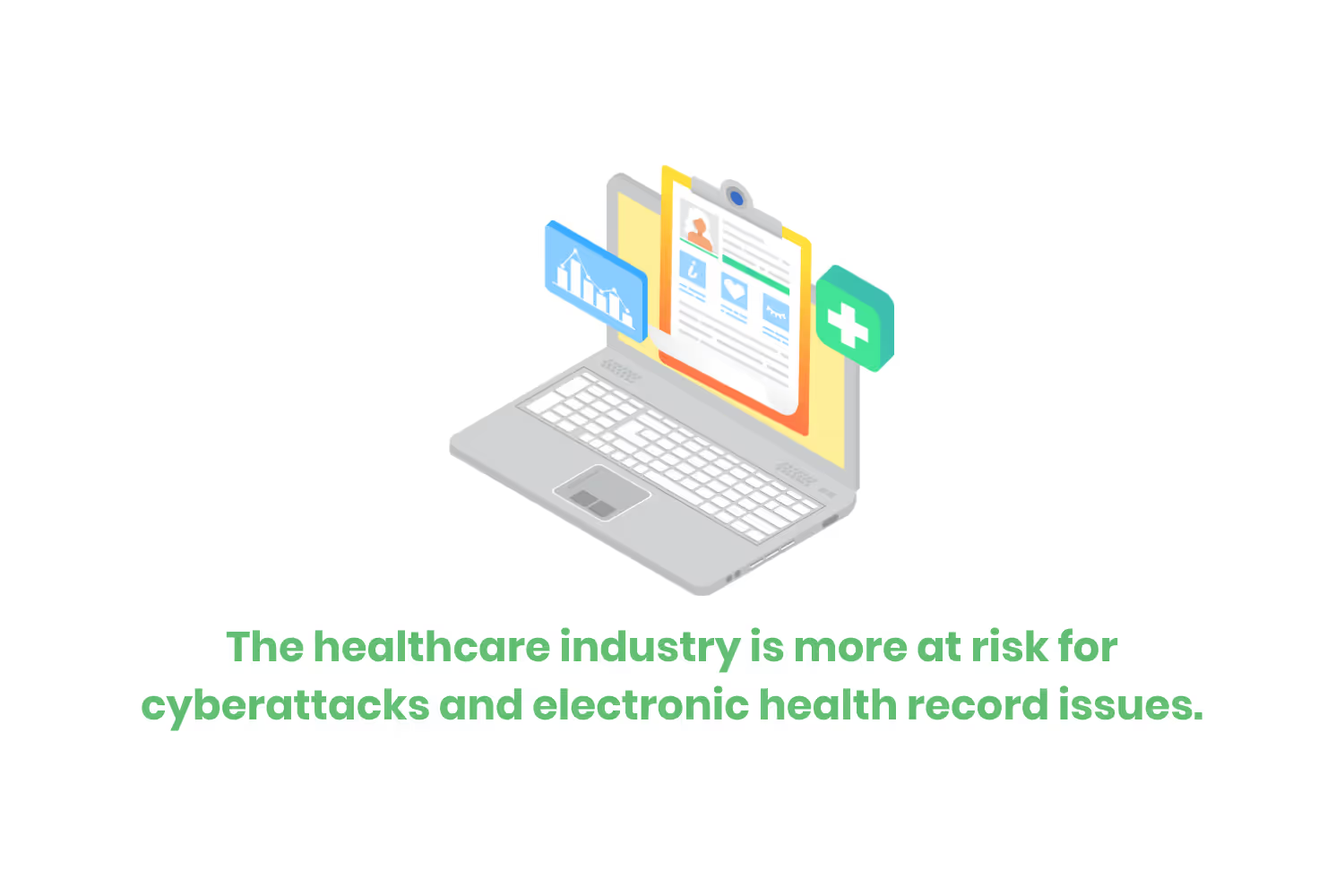
Human Resources Risks
Human resource risks include employee burnout and well-being, improper training, and workplace safety. You can combat employee burnout in several ways. One way is to have flexible scheduling. This promotes a healthy work-life balance.
Proper training is necessary for staff to be confident in their ability to handle their responsibilities. If the appropriate training is only required of some people, there will be a disconnect within your company. These trainings include sexual harassment training, ransomware training, and human trafficking training. These all promote a safer workplace and can make a huge difference in the well-being of your employees or patients.
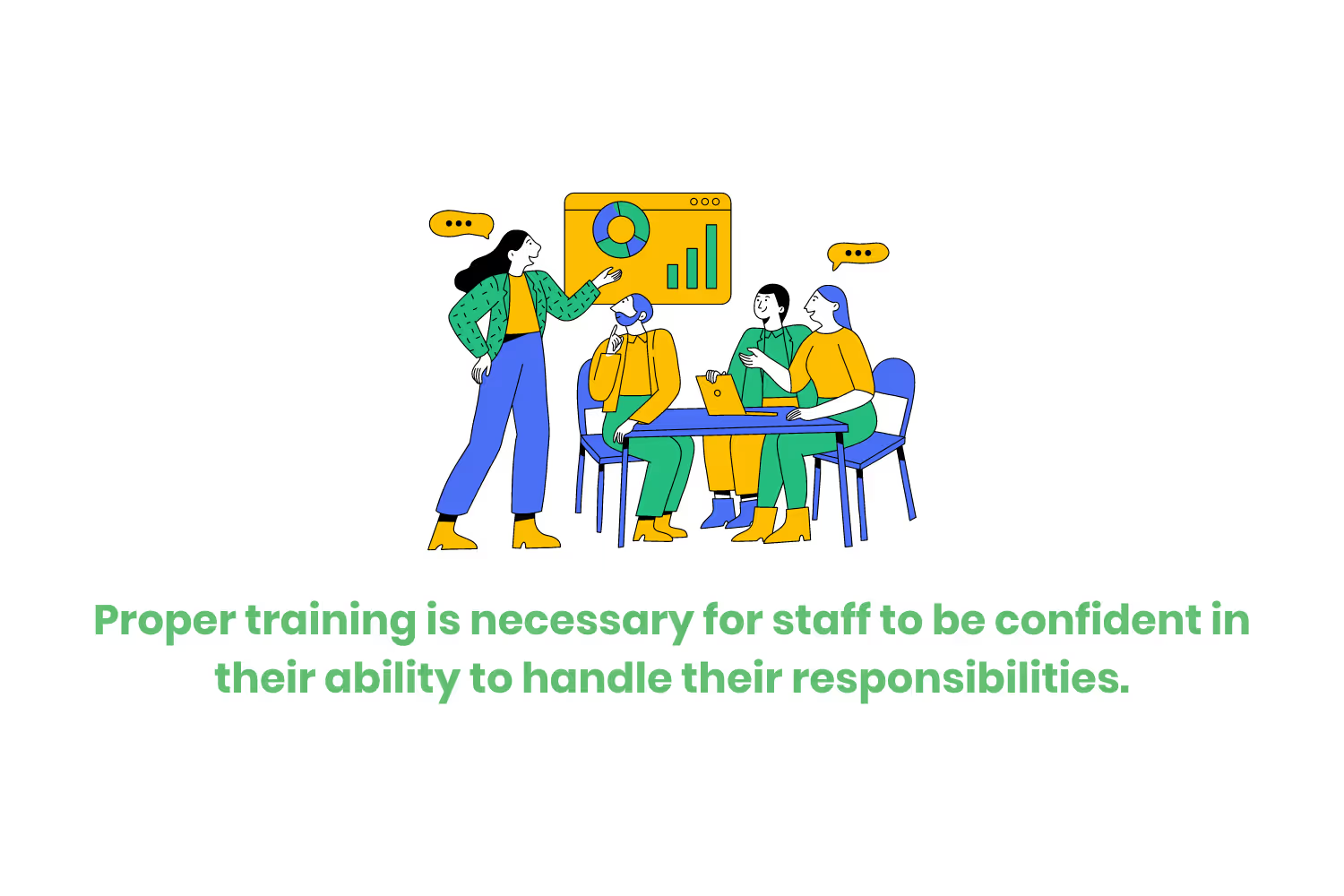
Regular training, compliance with regulations, proper management, and other strategies help mitigate these risks. Regular training can minimize risks related to workplace safety. Whether you are dealing with technology risks, legal risks, or clinical risks, there’s always something to improve.
Keeping staff updated on current protocols is essential. Training reminds employees of the consequences of disregarding regulations. Incorporating these strategies helps in two ways. First, it helps operations run smoother. Second, it also protects both your people and your organization.
Risk Assessments
Risk assessment is the process of examining what could cause harm to people within the workplace. It is sometimes defined as risk prioritization. Whether it is a staff member or a patient, it is necessary to take precautions based on the severity of the risk.
The process of a risk assessment is identifying which hazards are most likely to occur. It also identifies which hazards have the most severe consequences.
Unknown or hidden risks pop up during this step. The ability to prevent risks is only possible if they’re identified. This is why risk management and assessment are so important within healthcare risk management.
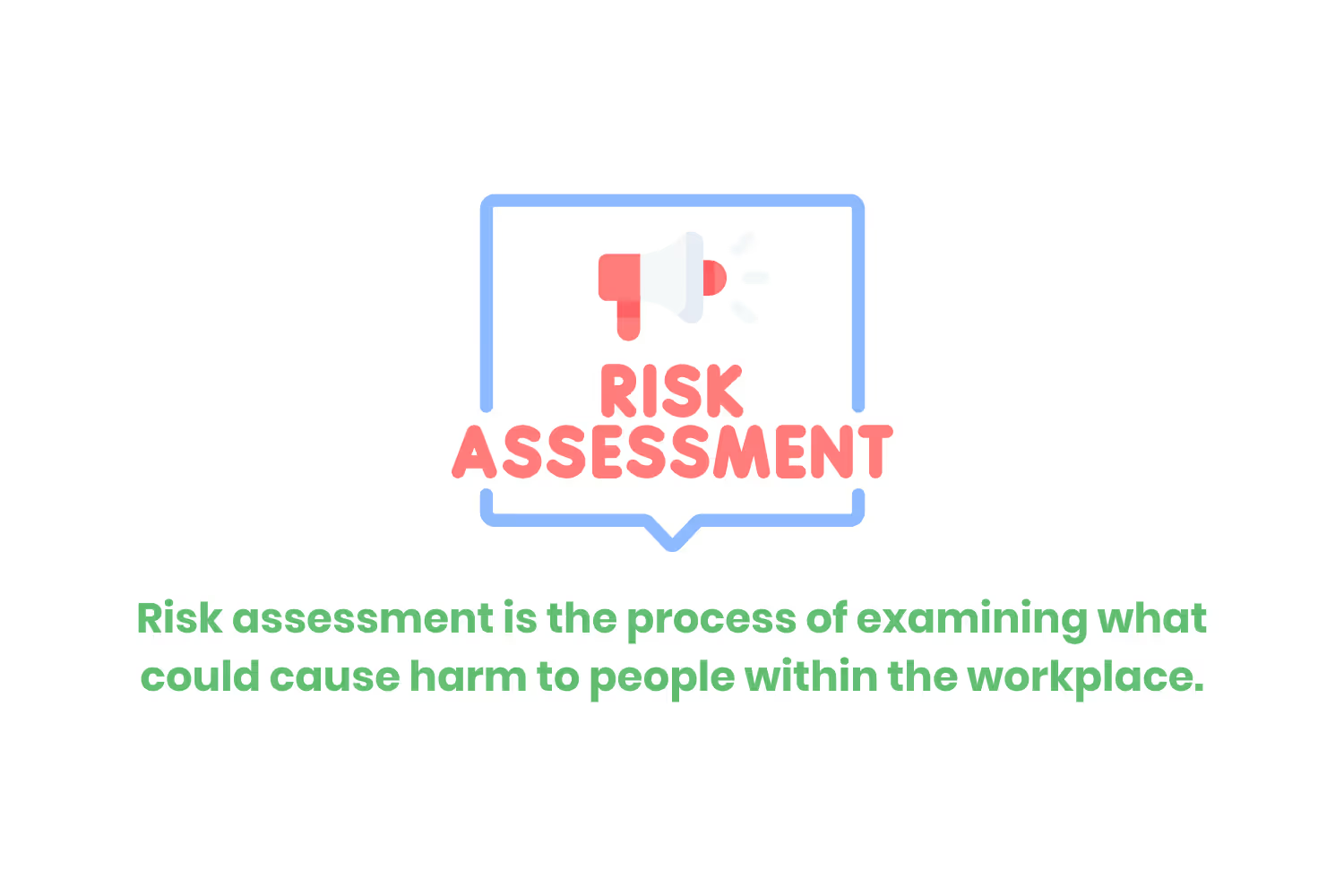
An example of healthcare risk assessment is fixing a medication error over a billing error. This means the medication error is a more severe needs assessment. This protects the patient which is the top priority. It doesn’t mean ignoring the billing error, it only affects the correction order of the errors.
Now it is clear why risk assessment is necessary in the workplace. If all the errors and risks get assessed in the order of their discovery, it could result in tragedy. Certain risks take priority, especially when they involve a patient's or a staff's well-being.
Risk Control and Mitigation
Risk control is the development or implementation of systems, processes, or procedures in the workplace. Risk control and mitigation follow risk assessment.
Based on what’s identified, new procedures or protocols will need implementation.
Implementing new protocols surrounding identified risks is a critical step. This not only protects the patients and staff, but it is essential to keep the healthcare facility running. If you ignore certain risks, the facility could shut down. The healthcare professionals could receive negligence accusations, resulting in them losing their licenses.
These new protocols can be as simple as creating a new password, or they can be very complex. Some risk control strategies include regularly updating software, annual training, communication hubs, and more. Investing in training improves communication and ensures proper usage of equipment and technology.
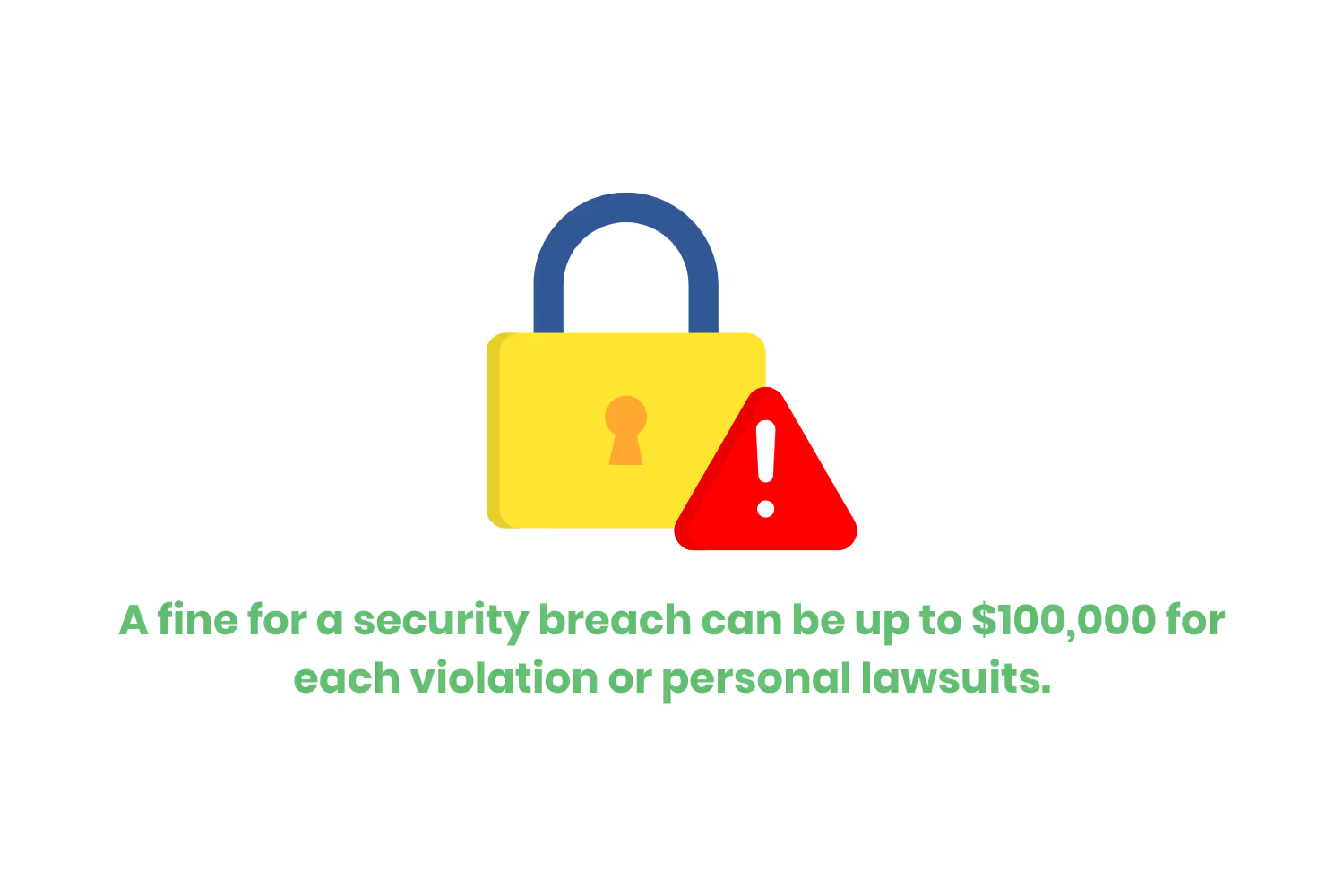
Monitoring the protocols and procedures that are in place is another step in risk management. Employers must maintain protocols and see where adjustments need to occur. Reviewing how the risk management strategies are working is just as important as implementing them in the first place.
Feedback from employees and patients is crucial for administrators. If a patient or employee feels unsafe and has a concern they should feel comfortable sharing.
Since patients experience care firsthand, it is important to listen to their concerns. A simple way to do this is through surveys.
Reporting and Documenting
Lastly, reporting and documenting are essential for healthcare risk management. This step can protect your business from termination. Once employees complete specific training, it is crucial to document this completion. Proper documentation can prevent your organization from facing legal issues.
An example of this would be a cybersecurity attack. If an employee clicks on a phishing attack, they risk a security breach. A security breach within a healthcare organization can be detrimental. The organization risks getting sued.
If the organization implemented and documented safeguards they’re immediately better off. With that information, they can prove they've taken precautionary steps. This will either keep them out of trouble or lower their fine. A fine for a security breach can be up to $100,000 for each violation or personal lawsuits. Now do you see why keeping these documents is so important?
Conclusion
Healthcare risk management is essential in safeguarding both patients and healthcare organizations. Following the identification process, prioritizing process, control process, and documentation process leads to a safer and more efficient workplace.
Prioritizing these proactive measures not only enhances patient care but protects the organization from potential legal and financial repercussions. Implementing new areas of training or protocols could save you and your company.
Emphasize your product's unique features or benefits to differentiate it from competitors
In nec dictum adipiscing pharetra enim etiam scelerisque dolor purus ipsum egestas cursus vulputate arcu egestas ut eu sed mollis consectetur mattis pharetra curabitur et maecenas in mattis fames consectetur ipsum quis risus mauris aliquam ornare nisl purus at ipsum nulla accumsan consectetur vestibulum suspendisse aliquam condimentum scelerisque lacinia pellentesque vestibulum condimentum turpis ligula pharetra dictum sapien facilisis sapien at sagittis et cursus congue.
- Pharetra curabitur et maecenas in mattis fames consectetur ipsum quis risus.
- Justo urna nisi auctor consequat consectetur dolor lectus blandit.
- Eget egestas volutpat lacinia vestibulum vitae mattis hendrerit.
- Ornare elit odio tellus orci bibendum dictum id sem congue enim amet diam.
Incorporate statistics or specific numbers to highlight the effectiveness or popularity of your offering
Convallis pellentesque ullamcorper sapien sed tristique fermentum proin amet quam tincidunt feugiat vitae neque quisque odio ut pellentesque ac mauris eget lectus. Pretium arcu turpis lacus sapien sit at eu sapien duis magna nunc nibh nam non ut nibh ultrices ultrices elementum egestas enim nisl sed cursus pellentesque sit dignissim enim euismod sit et convallis sed pelis viverra quam at nisl sit pharetra enim nisl nec vestibulum posuere in volutpat sed blandit neque risus.

Use time-sensitive language to encourage immediate action, such as "Limited Time Offer
Feugiat vitae neque quisque odio ut pellentesque ac mauris eget lectus. Pretium arcu turpis lacus sapien sit at eu sapien duis magna nunc nibh nam non ut nibh ultrices ultrices elementum egestas enim nisl sed cursus pellentesque sit dignissim enim euismod sit et convallis sed pelis viverra quam at nisl sit pharetra enim nisl nec vestibulum posuere in volutpat sed blandit neque risus.
- Pharetra curabitur et maecenas in mattis fames consectetur ipsum quis risus.
- Justo urna nisi auctor consequat consectetur dolor lectus blandit.
- Eget egestas volutpat lacinia vestibulum vitae mattis hendrerit.
- Ornare elit odio tellus orci bibendum dictum id sem congue enim amet diam.
Address customer pain points directly by showing how your product solves their problems
Feugiat vitae neque quisque odio ut pellentesque ac mauris eget lectus. Pretium arcu turpis lacus sapien sit at eu sapien duis magna nunc nibh nam non ut nibh ultrices ultrices elementum egestas enim nisl sed cursus pellentesque sit dignissim enim euismod sit et convallis sed pelis viverra quam at nisl sit pharetra enim nisl nec vestibulum posuere in volutpat sed blandit neque risus.
Vel etiam vel amet aenean eget in habitasse nunc duis tellus sem turpis risus aliquam ac volutpat tellus eu faucibus ullamcorper.
Tailor titles to your ideal customer segment using phrases like "Designed for Busy Professionals
Sed pretium id nibh id sit felis vitae volutpat volutpat adipiscing at sodales neque lectus mi phasellus commodo at elit suspendisse ornare faucibus lectus purus viverra in nec aliquet commodo et sed sed nisi tempor mi pellentesque arcu viverra pretium duis enim vulputate dignissim etiam ultrices vitae neque urna proin nibh diam turpis augue lacus.


